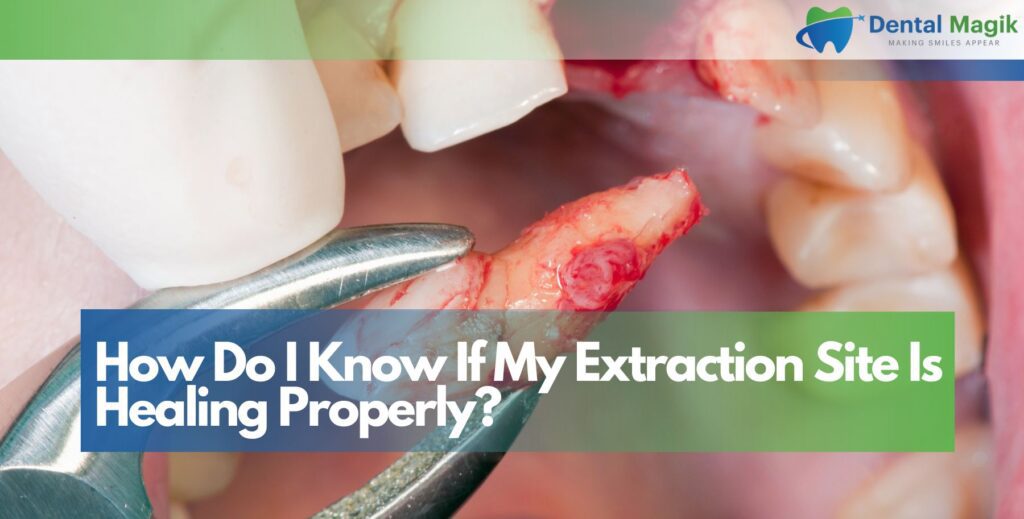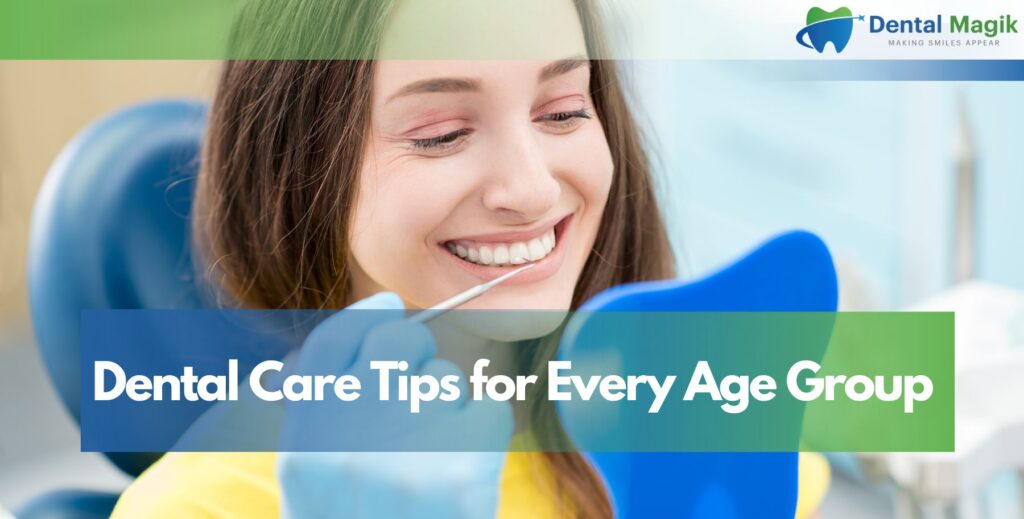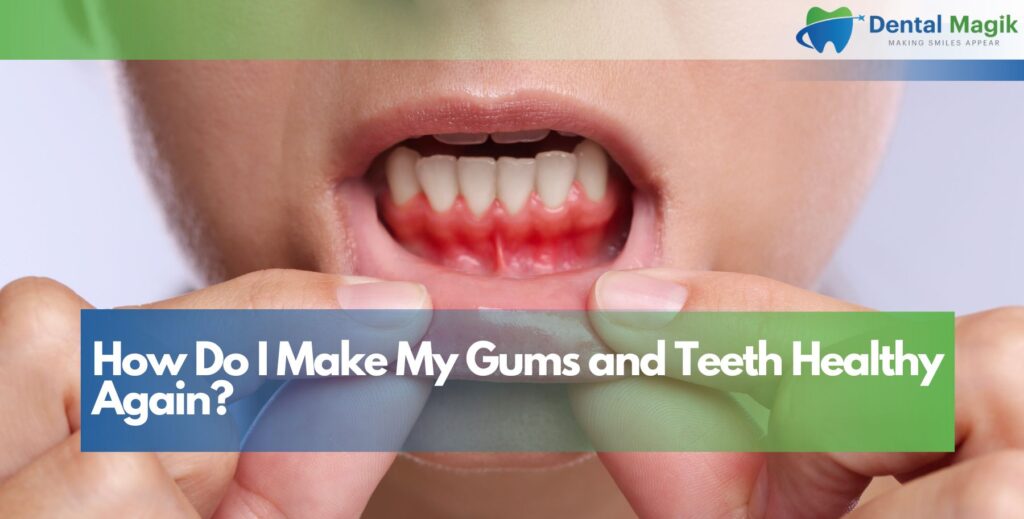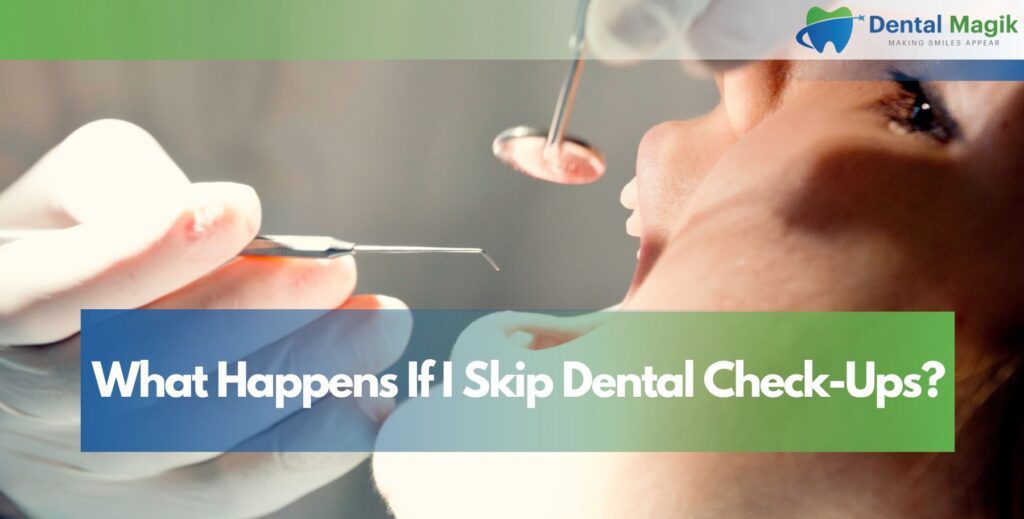Sleep apnea affects more people than you might think. If you’ve ever been told you snore loudly, gasp for air at night, or wake up still feeling exhausted, you may be one of them. The good news? You don’t always need a machine with a hose and mask to sleep better. Dentistry has stepped in with practical solutions—oral appliances for sleep apnea that are simple, compact, and surprisingly effective.
Let’s walk through what these devices are, how they work, and how dentists help people breathe easier and sleep deeper—without wires or pressure masks.
What Is Sleep Apnea and Why Is It a Problem?
Sleep apnea, especially obstructive sleep apnea (OSA), happens when the muscles in the back of your throat relax too much during sleep. This causes your airway to narrow or close, making it harder to breathe. You may snore, stop breathing for short periods, or wake up feeling unrested.
Left untreated, sleep apnea doesn’t just lead to poor sleep. It increases the risk of serious health problems like high blood pressure, heart disease, and even memory loss.
The most common treatment? CPAP machines. But they’re not for everyone. That’s where oral appliances come in.
What Are Oral Appliances for Sleep Apnea?
Oral appliances are custom-made devices worn in the mouth during sleep. Designed by dentists, they help keep your airway open by adjusting the position of your jaw or tongue. These devices are small, silent, and easy to travel with—making them a favorite for people who want a simpler way to treat their sleep apnea.
There are two main types used in dentistry: mandibular advancement devices and tongue retaining devices. Let’s break them down.
Types of Dental Devices for Sleep Apnea
When it comes to treating sleep apnea through dentistry, there are a couple of trusted options. These dental devices are designed to keep your airway open while you sleep. They’re small, custom-fitted, and often more comfortable than traditional machines—making them a great solution for many sleep apnea patients.
Mandibular Advancement Devices (MADs)
These are the most widely used oral appliances. A MAD works by gently moving your lower jaw forward. This subtle shift opens the airway, especially in the throat area, and helps keep it from collapsing during sleep.
The device fits over your upper and lower teeth, much like a mouthguard. Most are adjustable, so your dentist can fine-tune the fit over time. Patients often find them comfortable after a short adjustment period.
MADs are effective for people with mild to moderate OSA and are also a great option for those who can’t tolerate a CPAP machine.
Tongue Retaining Devices (TRDs)
TRDs, also known as tongue stabilizers, work by holding your tongue in a forward position using a gentle suction mechanism. Why? Because in some people, the tongue relaxes backward during sleep and blocks the throat.
Unlike MADs, TRDs don’t move your jaw. That makes them suitable for people who have dental issues, such as missing teeth, jaw pain, or joint problems.
These devices are less commonly used but still very effective, particularly in people who experience tongue-based airway blockages.
Why Oral Appliances Are a Popular Choice
Treating sleep apnea doesn’t have to be complicated. Many patients who switch to oral appliances report better comfort, less noise, and greater freedom compared to bulky machines.
Here’s why more people are choosing these devices:
- Easy to use: Just pop them in before bed. No electricity, hoses, or masks required.
- Portable: Lightweight and travel-friendly. Perfect for business trips or vacations.
- Comfortable: Once you get used to the fit, many forget they’re even wearing one.
- Quiet: No machine noise to disturb your partner or disrupt your sleep.
How Dentists Help With Sleep Apnea
Not all dentists treat sleep apnea—but those who do specialize in dental sleep medicine. These professionals are trained to recognize airway issues, evaluate jaw structure, and create custom oral appliances that actually work.
What the Process Looks Like
- Evaluation: Your dentist will examine your bite, jaw movement, and oral health.
- Referral or diagnosis: You may need a sleep study first (if you haven’t already had one).
- Custom fitting: If you’re a candidate for oral therapy, they’ll create a personalized device to match your mouth exactly.
- Follow-up and adjustment: Over time, your dentist may adjust the device to maximize effectiveness and comfort.
This isn’t a one-size-fits-all solution. Your device will be made specifically for your mouth, giving you the best results possible.
Who Should Use an Oral Appliance for Sleep Apnea?
Not everyone with sleep apnea is a perfect fit for oral appliance therapy. But for many, it’s a game-changer.
These devices are a great choice if:
- You have mild to moderate OSA
- You can’t tolerate a CPAP machine
- You travel often or need a compact option
- You snore regularly and want to improve sleep quality
If your apnea is severe, your doctor might still recommend CPAP or even surgical options. But don’t count oral appliances out—they’re often part of a larger, effective treatment plan.
Maintaining and Caring for Your Oral Appliance
Like any dental tool, proper care matters. With good habits, your device can last years.
Cleaning Tips
- Rinse your device every morning with cool water.
- Use a toothbrush (not your regular one) and mild soap to gently scrub it.
- Avoid hot water—it can warp the material.
- Store it in its case in a cool, dry place.
And don’t forget to bring it with you to regular dental check-ups. Your dentist will inspect it and make sure it’s still doing its job.
Common Myths About Oral Appliances for Sleep Apnea
Let’s clear up a few things:
- Myth: These devices only help with snoring.
Truth: While they do reduce snoring, they’re medically proven to help with sleep apnea too. - Myth: You can buy one online and skip the dentist.
Truth: Generic, over-the-counter devices don’t offer the same fit or safety as a custom appliance. - Myth: They’re uncomfortable.
Truth: Like braces or retainers, there’s an adjustment period—but most users adapt quickly and sleep better.
Long-Term Results and Sleep Quality
Many patients who use oral appliances report:
- Deeper, more restful sleep
- Less daytime sleepiness
- Fewer morning headaches
- Improved mood and focus
They also often hear this from their partners: “You’ve finally stopped snoring!”
Consistent use, good follow-ups with your dentist, and maintaining a healthy weight can make a huge difference in the results you get.
Conclusion
Sleep apnea might sound like a nighttime problem, but it affects everything—from your energy and memory to your heart health. Fortunately, dentistry offers an effective, simple solution through oral appliances.
If you’ve been avoiding CPAP machines or didn’t know dental solutions existed, it’s time to explore this option. A well-designed oral appliance for sleep apnea can give you better sleep, better health, and a better life.
Want to know if you’re a candidate? Schedule a consultation with a trusted Dentist in East Brunswick, NJ who specializes in sleep apnea treatment. They’ll guide you through the process, help you find the right fit, and support your journey toward peaceful, uninterrupted sleep.







